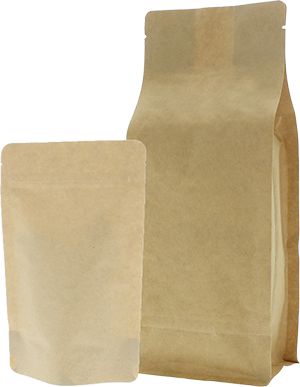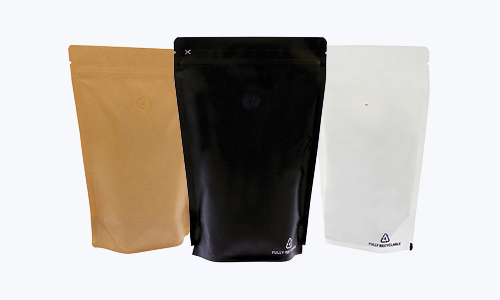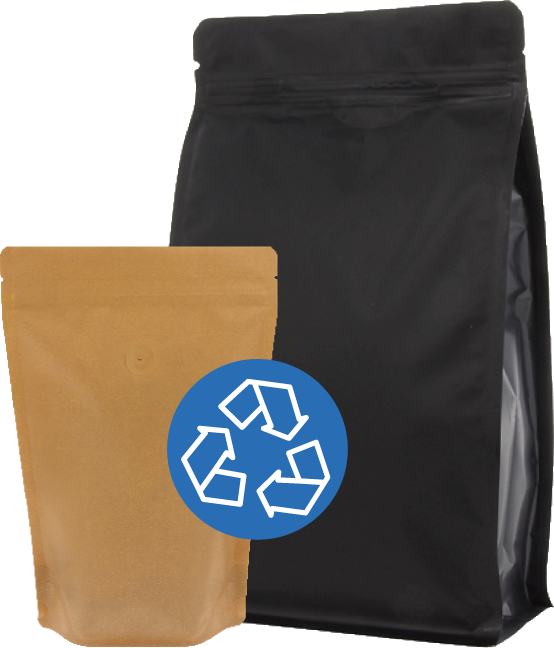Your sample cart is empty
Reduce, reuse, recycle, what does it mean for packaging?
You may have come across the terms reduce, reuse and recycle, or they may be new to you. Either way, we are happy to explain what they mean and how they can help you make more sustainable packaging choices.
The translation is simple, reduce, reuse and recycle. Together, these three principles offer a guide for using packaging materials more sustainably. Every pack can contribute to one or more of these areas. By being aware of these categories, you can choose packaging that better matches your sustainability goals.

Reduce
less material, more efficiency
Reduce is about using less packaging material. You can do this with smarter solutions, such as flexible packaging.
Flexible packaging uses up to 20 percent less material than traditional options like glass or rigid plastic. In Europe, more than 40 percent of all food products are now packed in flexible packaging, while this packaging type accounts for only 10 percent of the total weight of consumer packaging. That makes it a very efficient choice.
Flexible packaging also offers an excellent ratio between pack weight and contents, which makes transport more efficient and lowers CO₂ emissions. It can also help reduce food waste, because it often closes better and keeps products fresh for longer.
In short, a flexible pack stands for smart packaging, less waste, lower energy use, efficient use of resources and cost savings.




Reuse
reusing packaging
Reuse is about using packaging again, preferably as a whole. In practice this can be a challenge, especially with food packaging. Even so, PouchDirect offers options that support this need.
One hundred percent paper bags can support reuse, for example by using them again temporarily for dry goods or storage before they go with waste paper.
Flexible packs such as resealable stand up pouches are also valuable for extended use. Thanks to a convenient closure, the pack can be opened and closed multiple times, which helps products last longer. This not only adds convenience, it also helps limit food waste.
A reusable pack is by definition more efficient. Fewer new raw materials are used and the environmental footprint per use goes down. Reuse reduces both waste and environmental impact.
Recycle
from waste to raw material
In 2022, 253 kilotons of plastic packaging waste were recycled in the Netherlands. That is 46 percent of the total plastic packaging waste, estimated at 551 kilotons. This equals roughly 9,850 full forty foot sea containers of plastic. An impressive amount that shows how big the impact of recycling can be on our waste streams.
Over the past fifteen years, there has been major investment in modern recycling facilities. Thanks to this technological progress, more and more packs can be turned into valuable new raw materials. Where packaging used to be burned straight after use, it is now more often processed into new products, sometimes similar to the original and sometimes completely different. A key step toward a circular economy.
A good example is our monomaterial doypacks and flat bottom pouches. Because these packs are made from a single plastic type, they are much easier to recycle than composite materials. Consumers can simply put them with plastic waste, after which processors can sort and treat the material. The recycled material can then be used to make new plastic products.
With a conscious packaging choice, you contribute to a closed material loop, where resources are preserved and environmental impact is limited.


Need advice
Are you unsure which packaging best fits your sustainability goals? Our sales specialists are happy to help with personal advice. Feel free to contact us for a solution that fits your brand and the planet.
Want to know more or have questions? Contact us - we'll be glad to help!







